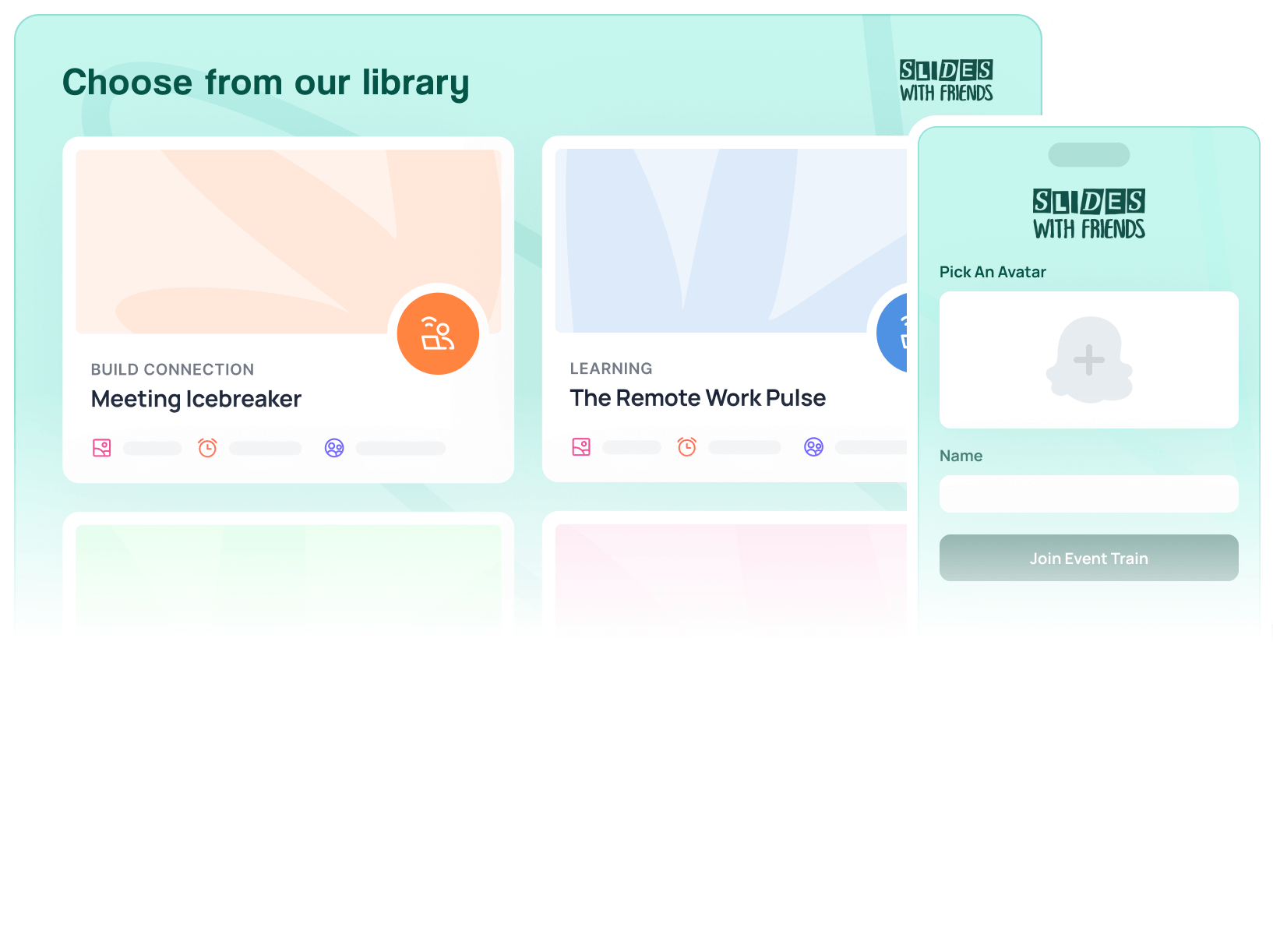5 Methods to Collect Employee Feedback and Boost Satisfaction
Your employees want to talk, but are you ready to listen? Find out how to creatively collect employee feedback to show team members you're all ears.

It’s not an understatement to say employees are one of your greatest assets. Unfortunately, many workers don’t feel valued, leading them to quit at unprecedented rates. According to the U.S. Bureau of Labor Statistics, about 4.3 million Americans resigned from their jobs in one month. And what’s now being called the Great Resignation isn’t happening by accident.
A huge reason employees are leaving their jobs in droves is because they don’t see companies acting on their feedback. A recent survey of 2,000 U.S. working adults suggests that 41% of Millennials don’t believe their feedback has led to meaningful change, and around 53% of workers are looking for another job.
It’s easy to ask, “Have I really done that bad at acting on my employees’ input?” One way to determine if you might be making this very common mistake is to see if you can’t even remember the last piece of feedback you’ve received from a team member. Or it might be best to start with another question: have you really done a great job at asking for employee feedback?
If you’re leaving the opportunity to get employee input up to chance or during the occasional check-in, you’re not generating the employee feedback you need to make meaningful changes. And there’s no reason to feel bad about it. Many managers and organizations fail to do this.
"Employee feedback, especially open-ended responses to survey questions, has been neglected for years. Still, it is the single best source for understanding not only your employees’ needs but their expectations."
- Benjamin Laker, 3 Ways Listening To Employee Feedback Can Contribute To Business Growth
But if you don’t want your employees to leave in a mass exodus, you need formal techniques and tools to get their feedback so you know how to change. Need ideas? Here are five employee feedback collection methods you can use.
1. Create a Culture of Transparency
First things first: You need to create a culture that prioritizes transparency, a term that’s been thrown around so much that its definition has become diluted. According to Glassdoor, the best and simplest definition of a transparent workplace is a company that operates in a way that fosters openness between employees and managers.
This openness can result in multiple benefits, including a stronger company culture, increased employee engagement, and an environment where workers feel comfortable communicating freely and providing feedback.

But how exactly do you develop this culture of transparency? The answer starts with you.
Fostering openness requires you to be open first, especially when explaining why you’re asking for feedback. You should be clear and honest about why feedback is important and what you specifically want input on. Do you want feedback on your management style, processes, or a recent project you completed with your team? Tell your employees.
Afterward, ask them to deliver solution-driven feedback so they not only voice their thoughts, but also take ownership of the solution. That will ensure meaningful change happens because it’s not entirely dependent on you, and you have people holding you accountable.
2. Check the Pulse of your Group
Sometimes your employees will struggle to give honest feedback, especially if they're worried how it will influence their standing with you. But you can make it easier and even fun if you gamify asking for feedback.
One way to do this is with the Take the Temperature Game by Slides With Friends.

This interactive activity helps you check the pulse of your team to see how they’re feeling. The game looks like a slide deck, but it has fun features to engage your team, like word clouds, polls, image sharing, ratings, and user voting.
Some of the premade questions on the deck include “what’s something you’ve been struggling with lately?” and “what’s top of mind for you right now?” but you can always change the questions to ask whatever you think necessary.
You can launch the game on your computer. Once it’s up, share your screen if you work remotely or make your monitor visible to employees if you’re in the office. Team members can submit their answers using their mobile devices and you can encourage them to be honest because their feedback will be anonymous.
3. Use 15Five to Quickly Assess Feedback

Do you want to give employees enough time to air their thoughts, but only take five minutes to review their feedback? Then, 15five may be a good tool for you.
The premise of the platform is it takes 15 minutes for employees to deliver feedback and only five minutes for you to assess it. If you’re busy like many managers, this time-saving aspect can be incredibly beneficial.
But this tool is also good because there are various ways to use it. For example, you can build custom surveys using your own questions or the library of prompts 15five provides.
Once you’ve finished creating your survey, you can assign people within your organization as reviewers and those reviewers can differ depending on the employee. However, you can always send an employee’s feedback to someone who isn’t a reviewer, but has the power to make the meaningful changes employees want.
Another way you can use 15five is by creating surveys for particular groups. For example, if you manage multiple teams, you can send a custom survey to each team, allowing you to get team-specific feedback instead of solely relying on company-wide input.
4. Open Up During 1:1s

While surveying teams and your organization are great, it shouldn’t replace getting one-on-one feedback. This environment is the best way to get genuine and in-depth input, especially if you approach it correctly. When speaking with employees one-on-one, you can help them open up by doing so first.
This tip doesn’t mean you should share details about your personal life—the things you mention should be contextually appropriate. For example, you can open up about:
- Your strengths and weaknesses
- Your successful and failed projects
- The type of work environment you thrive in
- What areas you want to improve in
Focusing on these topics is a perfect way to create an atmosphere where employees feel comfortable being honest and open when you ask for feedback.
5. Use OfficeVibe for Weekly Check-Ins

Officevibe lets you gather weekly feedback and identify ways to immediately improve your team’s performance. These two benefits are great because you’ll get to check in regularly with employees and know how to take meaningful action quickly so frustrations don’t linger.
All you have to do is create a weekly survey for your team members. The form can include custom polls and anonymous feedback. And when you get someone’s response, you can follow up on their answers directly on the platform.
Additionally, OfficeVibe can take the results from the survey and create a report for the rest of the leadership team to see. That way, everyone knows what to do to make the company better. Over time, you can even look at the employee feedback you’ve collected to track engagement levels and assess how your organization is doing compared to others in your industry.
The Power of Giving the Floor to Your Employees
If you want employees to not only stick around, but feel empowered to provide feedback that helps your team succeed, give them room to speak. Open the floor to employees so they can share feedback regularly.
Don’t wait for random opportunities to solicit the input you need to make meaningful organizational changes. Be strategic and consistent about listening to team members and use the employee feedback collection tools and tips above to creatively solicit input.


Ready to ditch the dull, and run team sessions that people will actually enjoy?
Get started with a Slides with Friends deck in no time. We’ve got all the interactive features you need in one easy-to-learn, easy-to-set-up tool.















